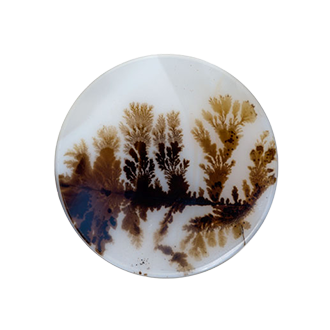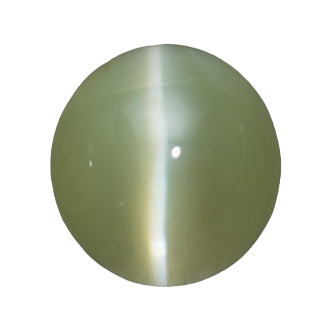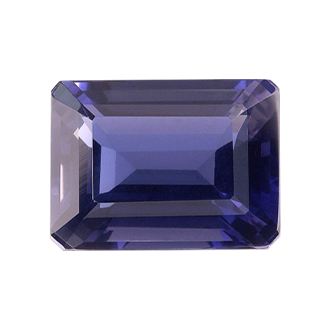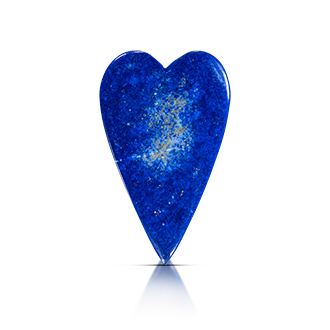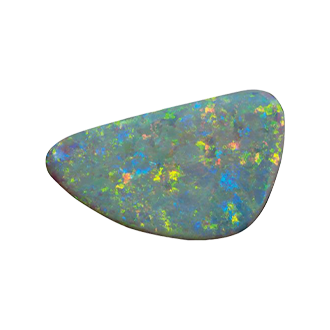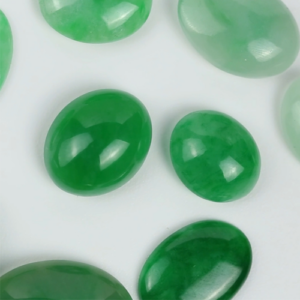Properties
| Family | Chalcedony Species |
| Chemistry | SiO2 |
| Refractive Index | 1.54 - 1.55 |
| Birefringence | .007 |
| Specific Gravity | 2.65 - 2.91 |
| Hardness | 7 (Moh's Scale) |
| Color Range | Black, white |
Romance, History & Lore

In gemology, the term phenomenon refers to a gemstone’s remarkable ability to produce extraordinary displays of beauty due to the unique ways light interacts with its chemical makeup or physical structure. One prime example is the gemstone alexandrite. This precious stone is renowned for its remarkable ability to exhibit a green hue in daylight and transform into a plum-red shade in the warm tones of firelight or candlelight (incandescent) in the evening.
Origins
In ancient times, nearly all colors of chalcedony, from white to black, were referred to as onyx. In more recent history, the Romans narrowed the term to refer exclusively to black and dark brown hues.
Onyx has undergone enhancements for over 2000 years. The ancient Roman historian Pliny gives an account of a darkening technique still in use today: first, the onyx is soaked in sugar water, then placed in strong acid to boil. After boiling for two hours, the acid eats away the sugar and water, leaving pure black carbon. Today, applying cobalt dye is also another accepted color enhancement.



